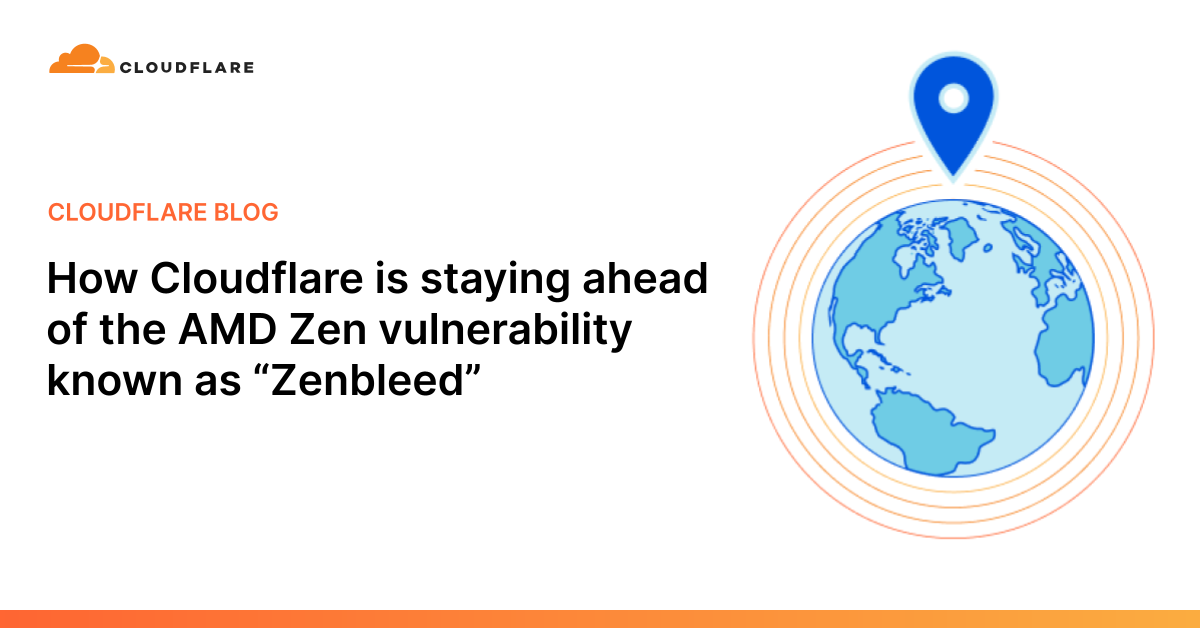Preventing Vulnerable Container Deployments with Admission Control
In a previous blog post, Hands-on guide: How to scan and block container images to mitigate SBOM attacks, we looked at how Software Supply Chain threats can be identified and assessed. The severity of these vulnerabilities determine the posture or scan result for an image i.e. Pass, Warning or Fail. The next question is “What can we do with these results?”. To improve the security posture to reduce attacks on your workload we must ensure that workloads have the fewest possible vulnerabilities and layer on configuration security with KSPM, egress controls, and microsegmentation.
In this post we will cover how the scan results can be leveraged to add an additional layer of protection during Deploy Time in application deployment lifecycles.
It’s worth noting that Calico’s Image Scanner is an offline binary which can be run locally. This means the Image Scanner can be baked into any existing Continuous Integration/Continuous Delivery(CI/CD) pipeline. For example, after an image has been built the image can be scanned by the Image Scanner in an Execution Environment. Here checks can be configured to prevent the image from being pushed to a registry should vulnerabilities be detected. This is effectively how image scanning Continue reading




